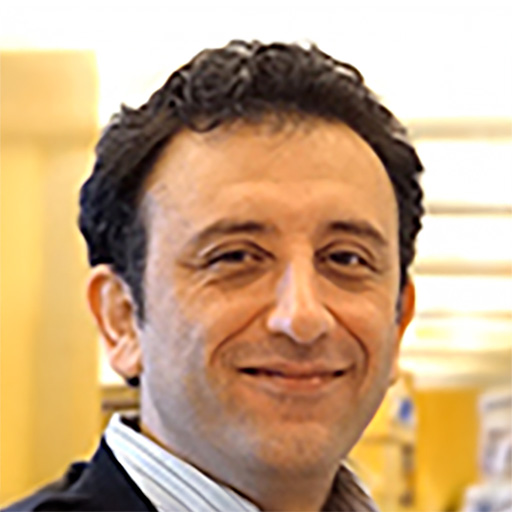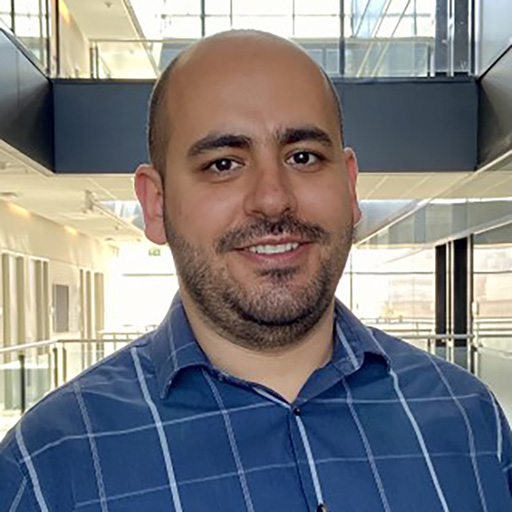Engineering Dental Pulp Cells to Create Retinal Pigmented Epithelial Cells on a Bio-Mimetic Silk Membrane

About the Research Project
Program
Award Type
Standard
Award Amount
$120,000
Active Dates
July 01, 2014 - June 30, 2017
Grant ID
M2014059
Acknowledgement
Co-Principal Investigator(s)
Goals
Age-related macular degeneration (AMD) is a devastating eye disease that affects a large percentage of the aging population in the United States and worldwide. Although we don’t have a cure or a good way to restore vision in individuals affected by the disease, there are ways to prevent further vision loss for patients who are suffering from AMD. Our approach is to extract cells from a patient’s tooth and turn them into an important eye cell that we can then transplant back into the patient’s eye. In order to transplant these eye cells, we need the cells to remain intact and will be using silk as a natural product that the body won’t reject to deliver these eye cells.
Summary
Our work is focused on developing a novel cell therapy intervention to treat AMD by replacing diseased retinal pigmented epithelial cells with newly made replacement cells, generated from cells found in the dental pulp of extracted teeth and grown on a special silk surface.
In our first specific aim, we are isolating cells from the dental pulp of extracted teeth. Dental pulp cells can be coaxed to differentiate into many different kinds of cells, including those that are not part of the tooth. To our knowledge, no one has tried to convert dental pulp cells into RPE cells before, but we believe there is the potential to do so. Our approach will be modeled after similar approaches to making RPE cells from other tissue, and we plan to test the capabilities of RPE cells along the way.
As our second specific aim, we are constructing a special kind of surface for the RPE cells, made from silk fibroin, which we are engineering to resemble to normal surface that RPE cells live on inside in the eye. By culturing RPE cells on silk, they can grow in a three-dimensional environment and form a structure closer to the native state of the cells. Importantly, silk is not recognized by the body as foreign, and does not cause an immune response, which could otherwise limit the usefulness of a transplanted tissue. Since RPE cells that are transplanted without any other support surface do not survive or function adequately, we believe that engineering both the RPE and its support surface is the best approach for long-term functional transplantation.
Dental pulp cells can be easily obtained from a patient’s extracted tooth and can be differentiated into many different cell types. In this way, one can safely generate patient-matched cells for transplantation without resorting to risky viral techniques, and there is a greater likelihood of U.S. Food and Drug Administration (FDA) safety approval. Similarly, silk fibroin is an FDA-approved material, is non-immunogenic, and is easily engineered to meet biological needs. Silk fibroin also offers advantages over the existing options, including Matrigel, perylene, or polyimide, which are either poorly defined or potentially unsafe and unsuitable for human clinical transplantation. The combination of dental pulp cell-derived RPE and silk fibroin is a unique innovation with vast clinical potential.
The success of these aims will identify a new source for RPE cells that have not been considered before and that offers several benefits over the existing options, including personalization. In addition, most leading scientists in the field have not contemplated the feasibility of using silk fibroin for transplantation, and our work will demonstrate its suitability for these purposes. Our completed study will influence the field and offer a potentially superior option for moving forward with clinical investigation into cell replacement therapy for AMD. Cell replacement therapy may be one of the best options to treat individuals with intermediate or advanced AMD, with the potential to restore vision and prevent further vision loss.
Grants
Related Grants
Macular Degeneration Research
Addressing the Link Between Impairment in Phagosome Degradation and AMD
Active Dates
July 01, 2021 - November 30, 2023
Principal Investigator
Antonio Escudero Paniagua, PhD
Addressing the Link Between Impairment in Phagosome Degradation and AMD
Active Dates
July 01, 2021 - November 30, 2023
Principal Investigator
Antonio Escudero Paniagua, PhD
Macular Degeneration Research
Novel Antibody-Based Agonist for Neovascular AMD
Active Dates
July 01, 2021 - June 30, 2023

Principal Investigator
Rony Chidiac, PhD
Novel Antibody-Based Agonist for Neovascular AMD
Active Dates
July 01, 2021 - June 30, 2023

Principal Investigator
Rony Chidiac, PhD
Macular Degeneration Research
A New Animal Model of Severe Age-Related Macular Degeneration
Active Dates
July 01, 2021 - June 30, 2024

Principal Investigator
Brittany Carr, PhD
A New Animal Model of Severe Age-Related Macular Degeneration
Active Dates
July 01, 2021 - June 30, 2024

Principal Investigator
Brittany Carr, PhD



